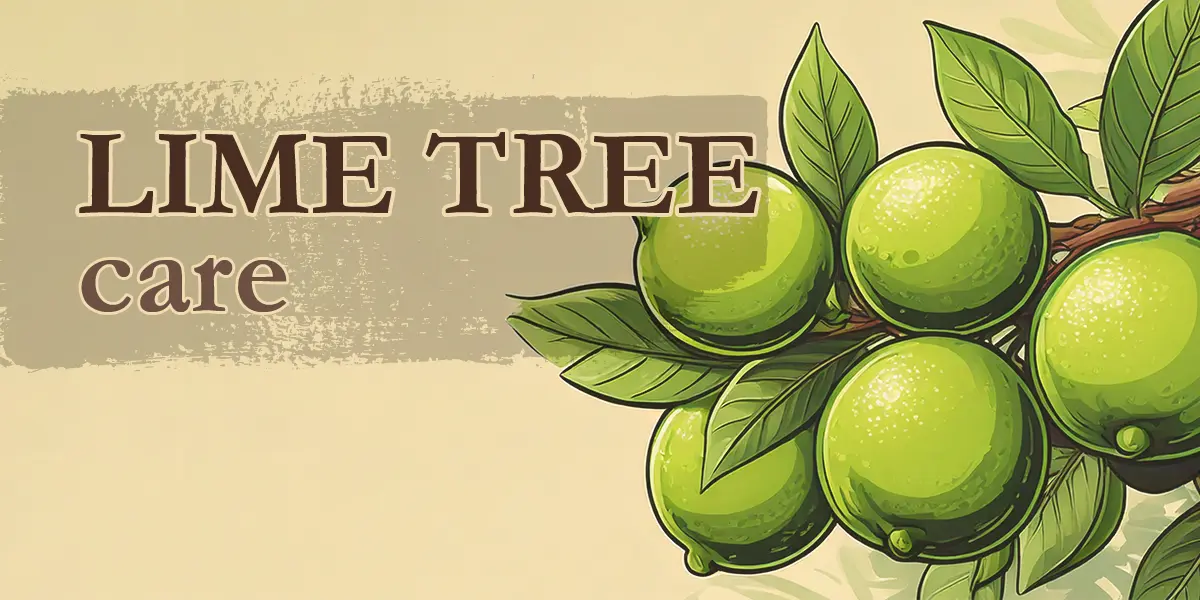Behold the lime — a key ingredient in guacamole, margaritas, and refreshing sparkling water. Where would we be without it? We would live in a world of bland guacamole toast.
The lime, most closely associated in the USA with Mexican cuisine, came to the West from Southeast Asia. Today, lime trees are cultivated worldwide, especially in tropical and subtropical areas.
The trees belong to the Rutaceae family, which includes lemons, oranges, and grapefruit. Their adaptability and versatility make them a favorite in Southern California gardens.
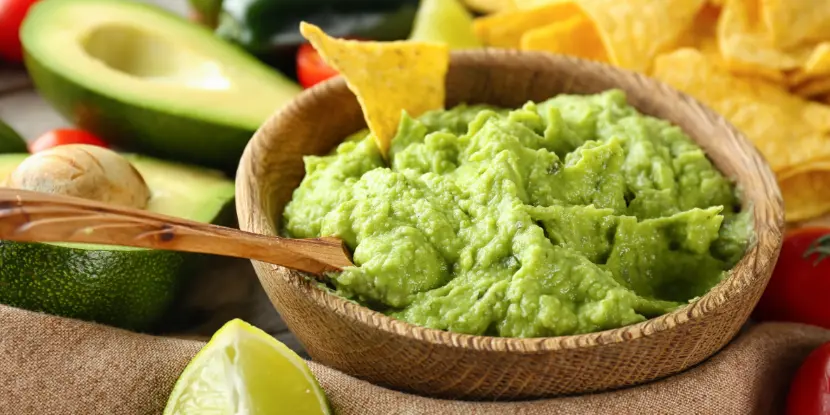
It just ain’t guacamole without the limes for flavor.
Lime Varieties for Your California Garden
The two most popular varieties are:
- Persian Lime (Citrus x latifolia): Also known as “Tahiti lime,” this seedless variety is larger and less acidic than other limes. It’s hardy, prolific, and delicious in drinks and cooking.
- Key Lime (Citrus aurantiifolia): Famous for its tart flavor, the Key lime is smaller and more fragrant. It prefers warmer climates and is perfect for pies, marinades, and cocktails.
You might also explore lesser-known varieties like Kaffir lime (used in Southeast Asian cuisine) or Finger lime, with its unique caviar-like fruit.
Optimal Growing Conditions for Lime Trees
Light
- Lime trees need 8–10 hours of direct sunlight daily.
- Choose a sunny spot in your garden or patio for robust growth.
- Place potted plants near a south-facing window or outdoors in full sun.
Temperature
- Lime trees are heat-loving plants and thrive in temperatures between 70-85°F (21-29°C).
- They can tolerate brief periods of cold weather but prefer to be sheltered from frost.
- If growing indoors, maintain a temperature range of 60-75°F (16-24°C).
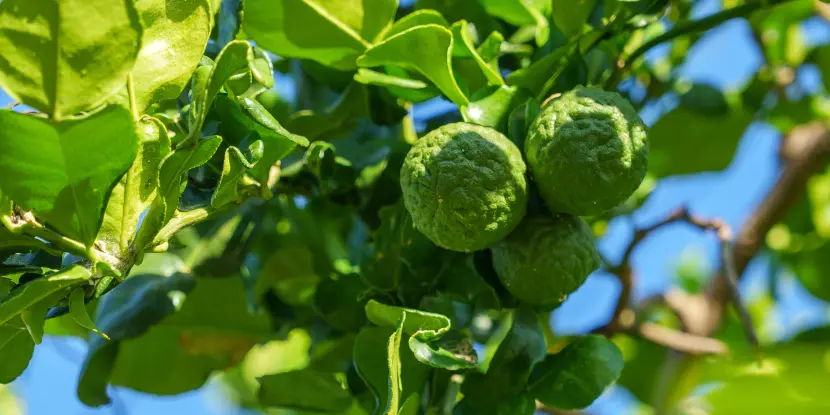
Kaffir lime is one of the more exotic varieties you can grow.
Soil
- Lime trees grow best in well-draining, slightly acidic soil with a pH level between 6.0 and 7.0.
- A mix of potting soil and sand is ideal for potted lime trees.
- In-ground lime trees benefit from the addition of organic matter like compost or manure.
Propagating Lime Trees
Lime trees can be propagated from seeds, but this process can take many years to produce fruit. Most growers buy grafted trees to save time and effort. Grafted lime trees usually begin producing fruit within 3–5 years.
Propagation from Seeds
- Harvest seeds from a mature lime.
- Clean and dry the seeds for a few days.
- Plant them in nutrient-rich soil and maintain consistent moisture.
- Be patient — seedlings take time to grow!
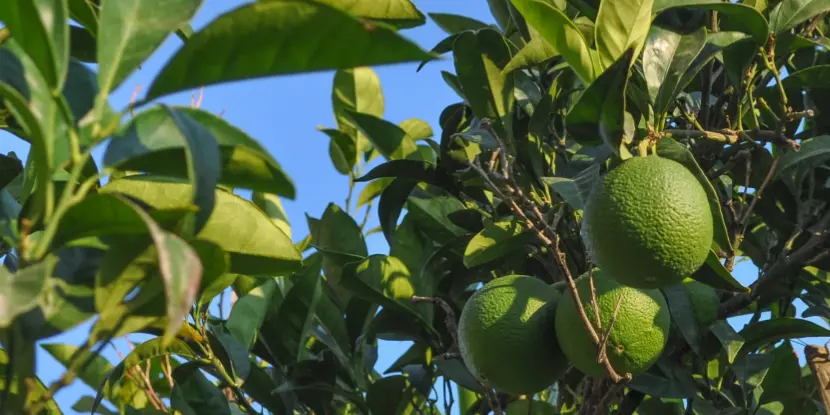
Persian lime is a seedless variety that’s larger and less acidic than other limes.
Propagation from Cuttings
- Choose a healthy, disease-free branch from a mature lime tree.
- Cut a 6-8 inch section just below a leaf node.
- Remove the leaves from the bottom half of the cutting.
- Dip the cut end in rooting hormone and plant it in well-draining soil.
- Keep the soil moist and provide indirect light.
- Keep newly propagated trees in warm temperatures (around 70-75°F) to encourage root growth.
- You can use a plant propagation heat mat under your container to accelerate root growth.
- After 4–6 weeks, roots should begin to form.
- Once rooted, transplant into a larger container or directly into the ground.
Planting a Lime Tree
- Ensure the planting location receives ample sunlight and is free from strong winds.
- Dig a hole twice as wide and as deep as the root ball. Amend the soil with compost if needed for better drainage.
- Place the tree in the hole, maintaining the root crown (where the trunk meets the roots) slightly above soil level.
- Fill the hole with soil, tamp it lightly, and water thoroughly to eliminate air pockets.
- Add a 2–3 inch layer of mulch around the tree’s base, but leave space around the trunk to prevent rot.
Lime Tree Care
Watering
- Lime trees prefer consistently moist soil (not soggy).
- Water young trees once or twice a week, depending on weather conditions.
- Water mature trees deeply but less frequently (every 1–2 weeks) to encourage deep root growth.
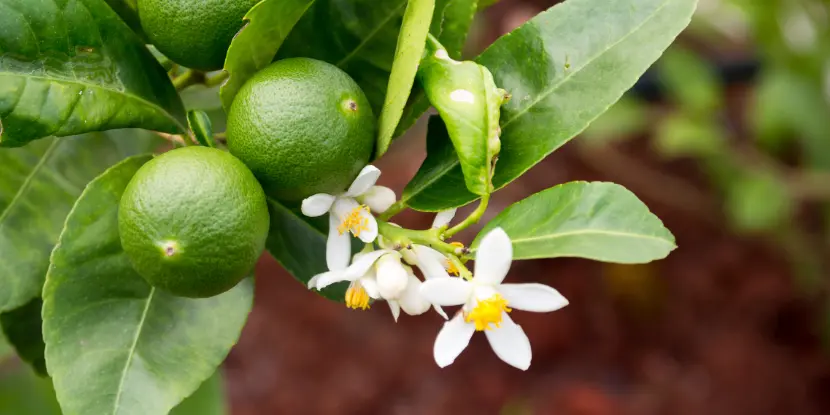
Flowers on a lime tree already bearing fruit.
Fertilizer
- Feed your lime tree with a citrus-specific fertilizer every 6–8 weeks during the growing season (spring through summer).
- Fertilizers rich in nitrogen, phosphorus, and potassium will promote flowering and fruiting.
Pests & Diseases
Lime trees can be affected by the following:
- Aphids and whiteflies: Control with neem oil or insecticidal soap.
- Citrus leaf miner: Prune affected leaves.
- Root rot: Avoid overwatering and plant in well-draining soil.
Regularly inspect your tree for symptoms like curling leaves or stunted growth to catch problems early.
Pruning
Light pruning is essential to shape the tree, remove dead or damaged branches, and improve airflow.
- Prune in late winter before the tree starts flowering and new growth appears.
- Remove suckers. These small shoots grow from the base of the trunk or graft union. They can sap energy from the main tree if left unchecked.
- Cut back any crossing, damaged, or diseased branches to improve airflow and prevent branches from rubbing against each other.
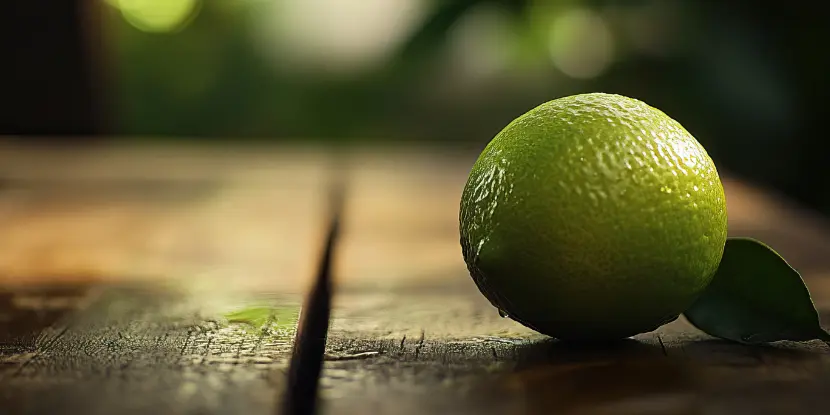
A key lime awaits its fate on a cutting board — presumably to become a featured ingredient in key lime pie.
Harvesting
- Limes take around 6 months to ripen after bloom.
- Harvest when they’re green with a slight yellow hue.
- They should feel firm but give slightly when gently squeezed.
- To remove limes from the tree, twist or use sharp, clean pruning shears to cut them off at their stem.
- Avoid pulling or tugging on the fruit, which can damage the tree.
- Limes will continue to ripen after being picked, so you can leave them at room temperature for a few days before using.
- After harvesting your limes, prune any overgrown or light-blocking branches.
Storing
- Limes can be stored at room temperature for up to a week.
- For longer storage, place them in a plastic bag and keep them in the refrigerator for up to 2 weeks.
FAQs: Lime Tree Care
Q: How much water does a lime tree need?
Young lime trees need weekly watering. Once established, they should be watered deeply every 1–2 weeks, depending on weather and soil conditions.
Q: Can lime trees grow in pots?
Lime trees are excellent for container gardening. Choose a pot with drainage holes and use well-draining potting soil.
Q: Why is my lime tree not producing fruit?
Common reasons include insufficient sunlight, improper watering, lack of fertilizer, or a tree that is too young. Ensure optimal care for fruit production.
Q: What’s the best fertilizer for lime trees?
Use a citrus-specific fertilizer high in nitrogen. Organic products like compost or fish emulsion can also work well.
Q: What pests should I watch out for?
Aphids, whiteflies, and citrus leaf miners are common pests. Apply neem oil for treatment and inspect the tree regularly.
Q: How can I protect my lime tree from frost?
Move potted trees indoors during frost, or cover ground trees with blankets or frost cloths. Provide extra mulch around the base for insulation.
Q: When is the best time to plant a lime tree?
Spring or early summer is the best time to plant lime trees, as the soil is warm, and the tree gets adequate time to establish roots before cooler weather.
Q: Do lime trees need pollinators?
Most lime trees are self-pollinating, but the presence of pollinators like bees can improve fruit yield.

